In the given table column I shows the values of linear velocity. Column II shows the values of linear velocity, Column II shows the values of angular velocity and Column III shows the radius of the circle in which circular (angular) motion takes place.
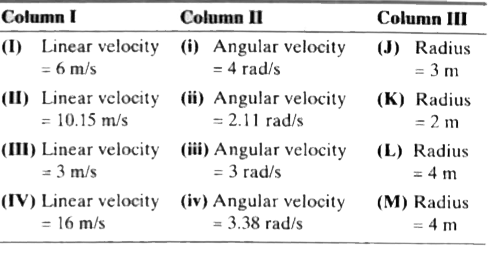
Which combination describes the conditions when body starts with zero initial linear velocty and accelerates with 2m/s2 for 3s?
(II)(iv)(L)
(III)(i)(M)
(I)(iii)(K)
(IV)(ii)(J)
The correct Answer is:C
Step by step video & image solution for In the given table column I shows the values of linear velocity. Column II shows the values of linear velocity, Column II shows the values of angular velocity and Column III shows the radius of the circle in which circular (angular) motion takes place. Which combination describes the conditions when body starts with zero initial linear velocty and accelerates with 2m//s^(2) for 3s? by Physics experts to help you in doubts & scoring excellent marks in Class 12 exams.
Updated on:21/07/2023Topper's Solved these Questions
- CIRCULAR MOTIONBOOK - RESNICK AND HALLIDAYCHAPTER - CIRCULAR MOTIONEXERCISE - PRACTICE QUESTIONS(INTEGER TYPE)
2 Videos
- CIRCULAR MOTIONBOOK - RESNICK AND HALLIDAYCHAPTER - CIRCULAR MOTIONEXERCISE - CHECK POINTS
6 Videos
- CIRCULAR MOTIONBOOK - RESNICK AND HALLIDAYCHAPTER - CIRCULAR MOTIONEXERCISE - PRACTICE QUESTIONS(LINKED COMPREHENSION)
2 Videos
- CIRCUITSBOOK - RESNICK AND HALLIDAYCHAPTER - CIRCUITSEXERCISE - Practice Questions (Integer Type)
3 Videos
- CURRENT AND RESISTANCEBOOK - RESNICK AND HALLIDAYCHAPTER - CURRENT AND RESISTANCEEXERCISE - Practice Questions (Integer Type)
3 Videos
Similar Questions
In the given table column I shows the values of linear velocity. Column II shows the values of linear velocity, Column II shows the values of angular velocity and Column III shows the radius of the circle in which circular (angular) motion takes place.
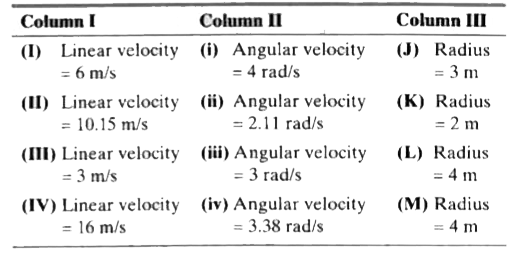
Which combination describes the conditions when body starts with zero initial linear velocty and accelerates with 2rad/s2 for 3s?
View SolutionIn the given table column I shows the values of linear velocity. Column II shows the values of linear velocity, Column II shows the values of angular velocity and Column III shows the radius of the circle in which circular (angular) motion takes place.
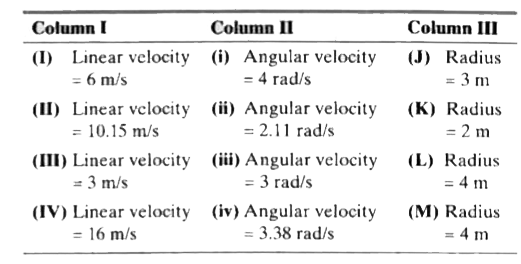
Which combination describes the conditions when body is displaced by 28 m in 4s and accelerates with 2m/s?
View Solution
Knowledge Check
In the given table, Column I shows masses of the objects, Column II shows the initial and final velocity of the object after force is applied on it and Column III shows the time span for which force is applied on the object.
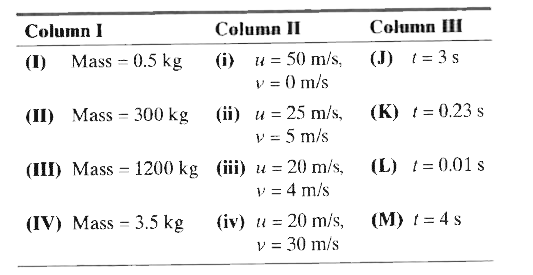
Conditions for a hammer with the force of 2500 N applied in opposite direction of motion are:A(I) (i) (L)B(III) (ii) (J)C(II) (ii) (K)D(III) (i) (M)In the given table, Column I shows masses of the objects, Column II shows the initial and final velocity of the object after force is applied on it and Column III shows the time span for which force is applied on the object.
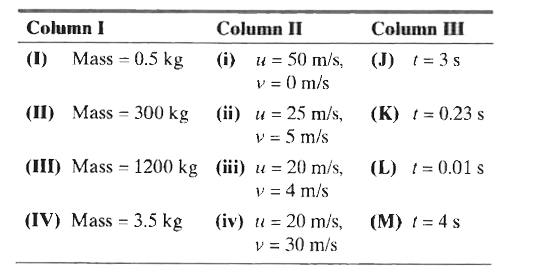
Conditions for a dumbbell with the force of 1000 N applied in same direction of motion are :A(III) (i) (L)B(IV) (i) (K)C(I) (iv) (M)D(II) (iv) (J)In the given table, Column I shows masses of the objects, Column II shows the initial and final velocity of the object after force is applied on it and Column III shows the time span for which force is applied on the object.
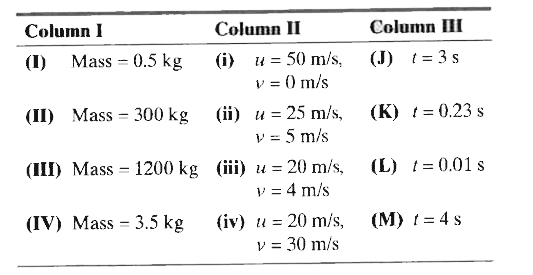
Conditions for a motorcar with the force of 6000 N applied in opposite direction of motion are :A(I) (iii) (L)B(II) (ii) (K)C(III) (ii) (M)D(I) (iii) (J)
In the given table Column I shows the different values of masses of the body. Column II shows the different values of angular speed of the body and Column III shows the radius of circle in which the body moves.
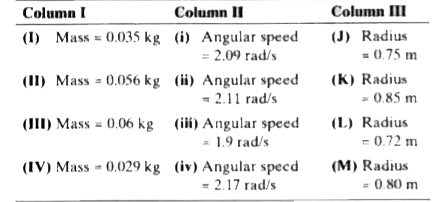
Which combination has 0.13N as the centrepetal force?
View SolutionIn the given table Column I shows the different values of masses of the body. Column II shows the different values of angular speed of the body and Column III shows the radius of circle in which the body moves.
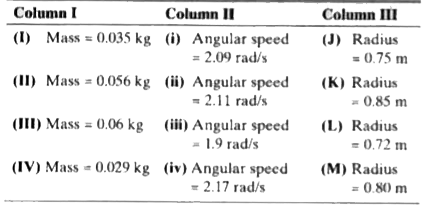
Which combination has 0.199N as the centrepetal force?
View SolutionColumn-1 shows certain situations with certain conditions and column-2 shows the parameters in which situations of column-1 match. Which can be possible combination.
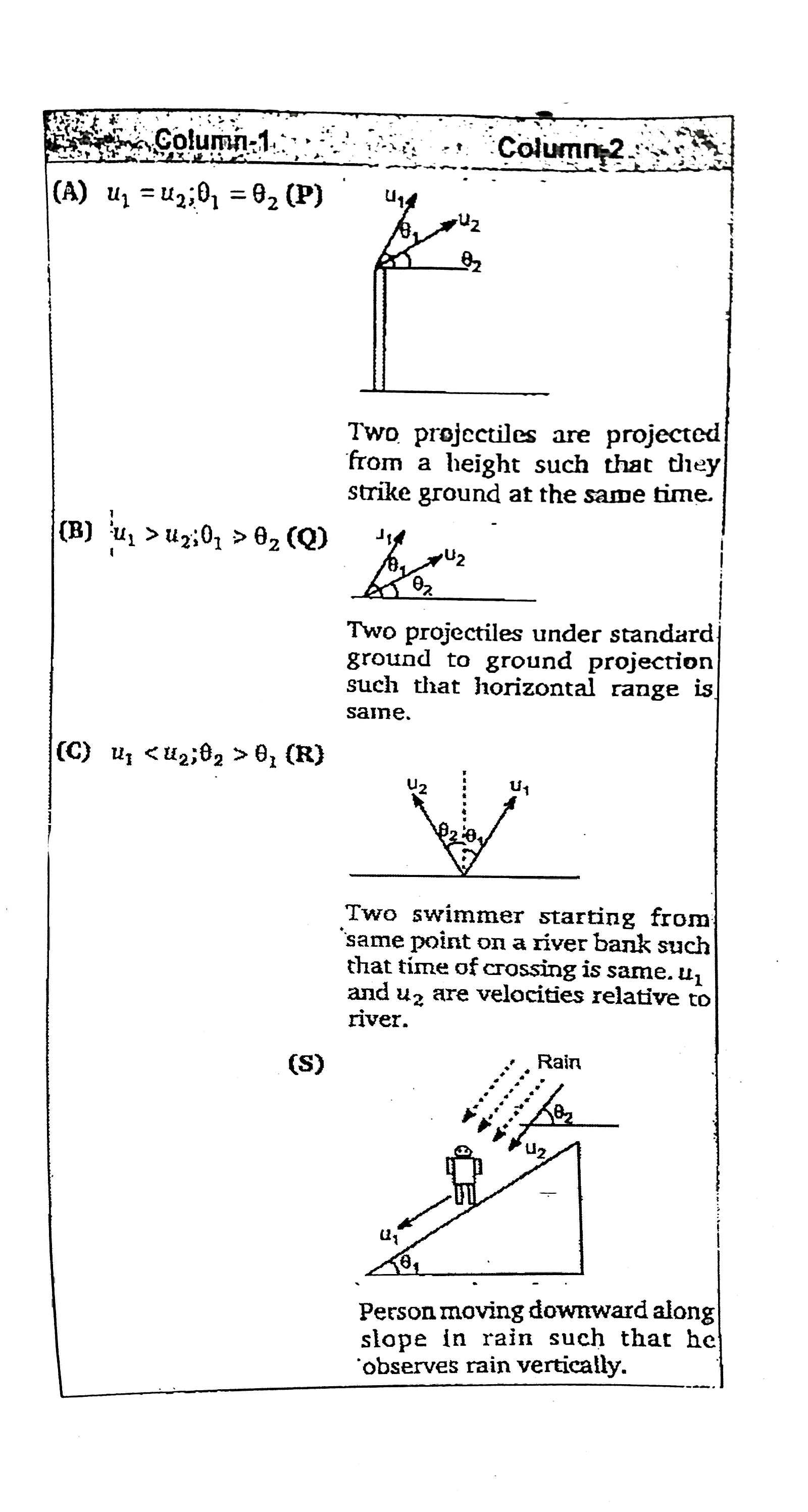
View SolutionColumn-1 shows certain situations with certain conditions and column-2 shows the parameters in which situations of column-1 match. Which can be possible combination.
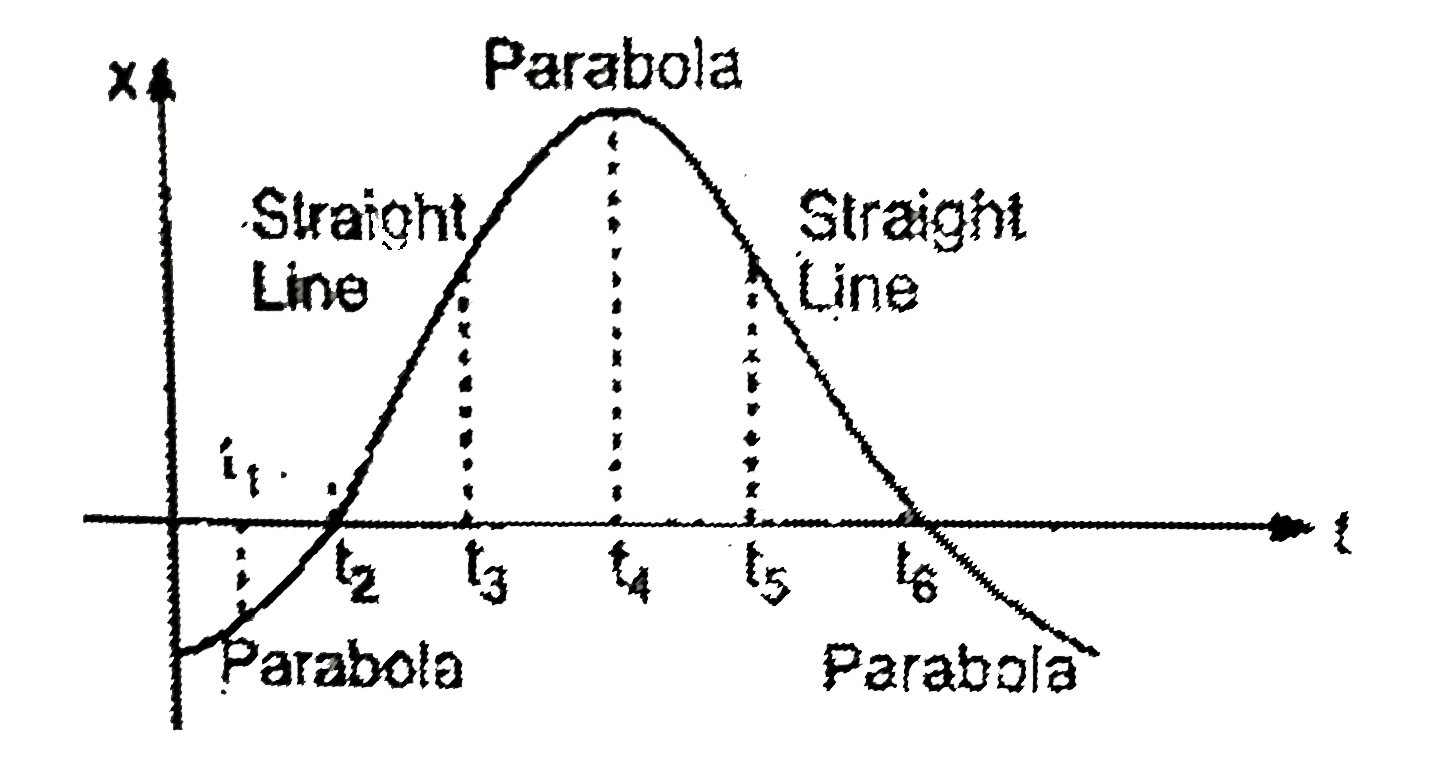
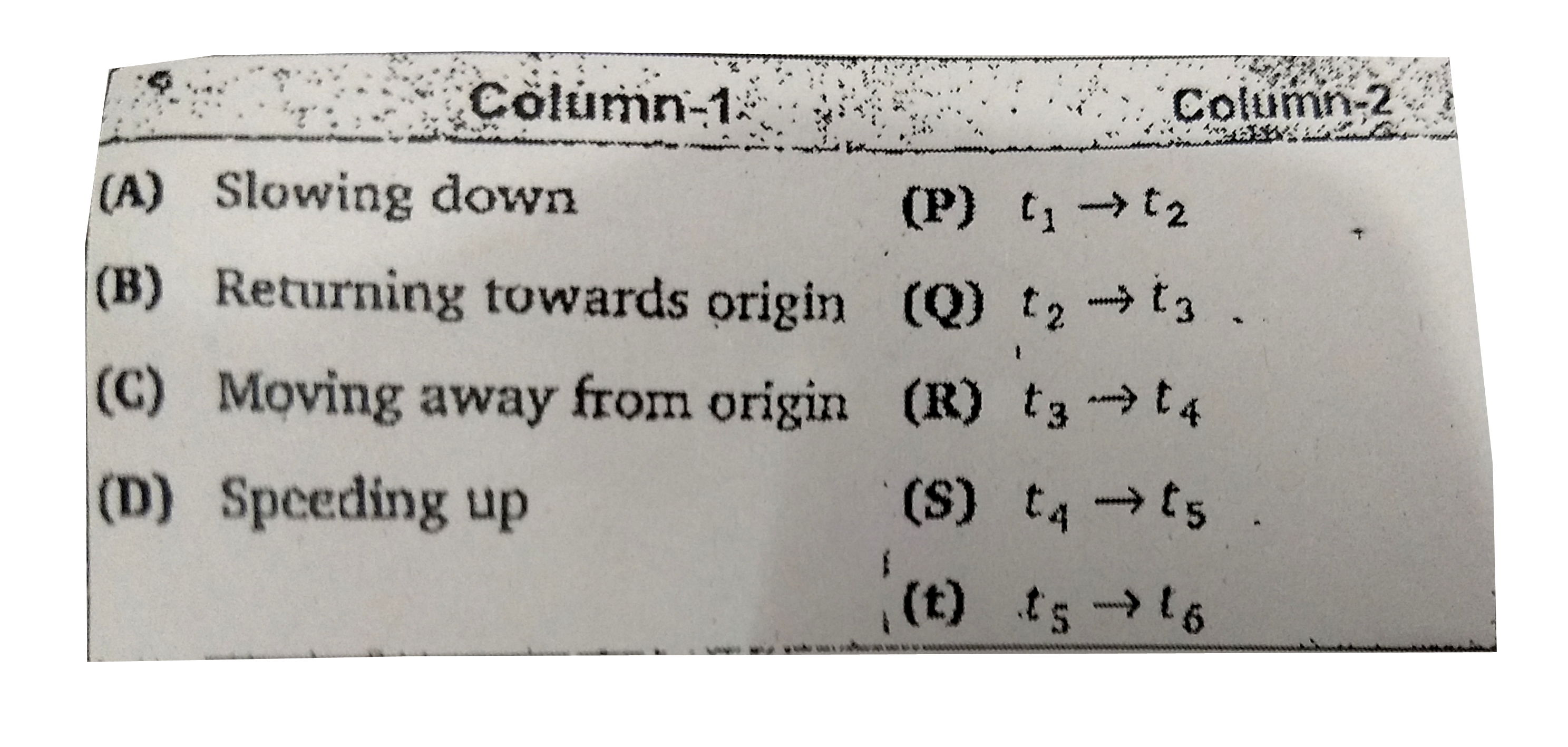
View SolutionInterference is an important property of light. In the given table, Column I shows the properties of interfering waves, Column II shows the phase difference, and Column III shows the path difference between two interfering waves
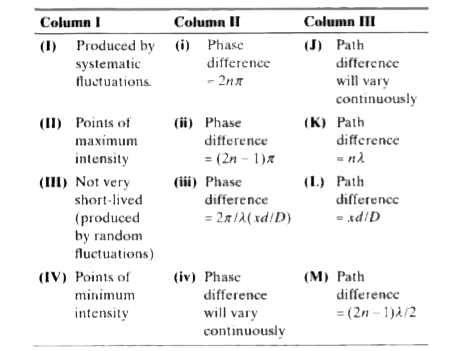
What are the conditions for constructive interference?
View Solution
